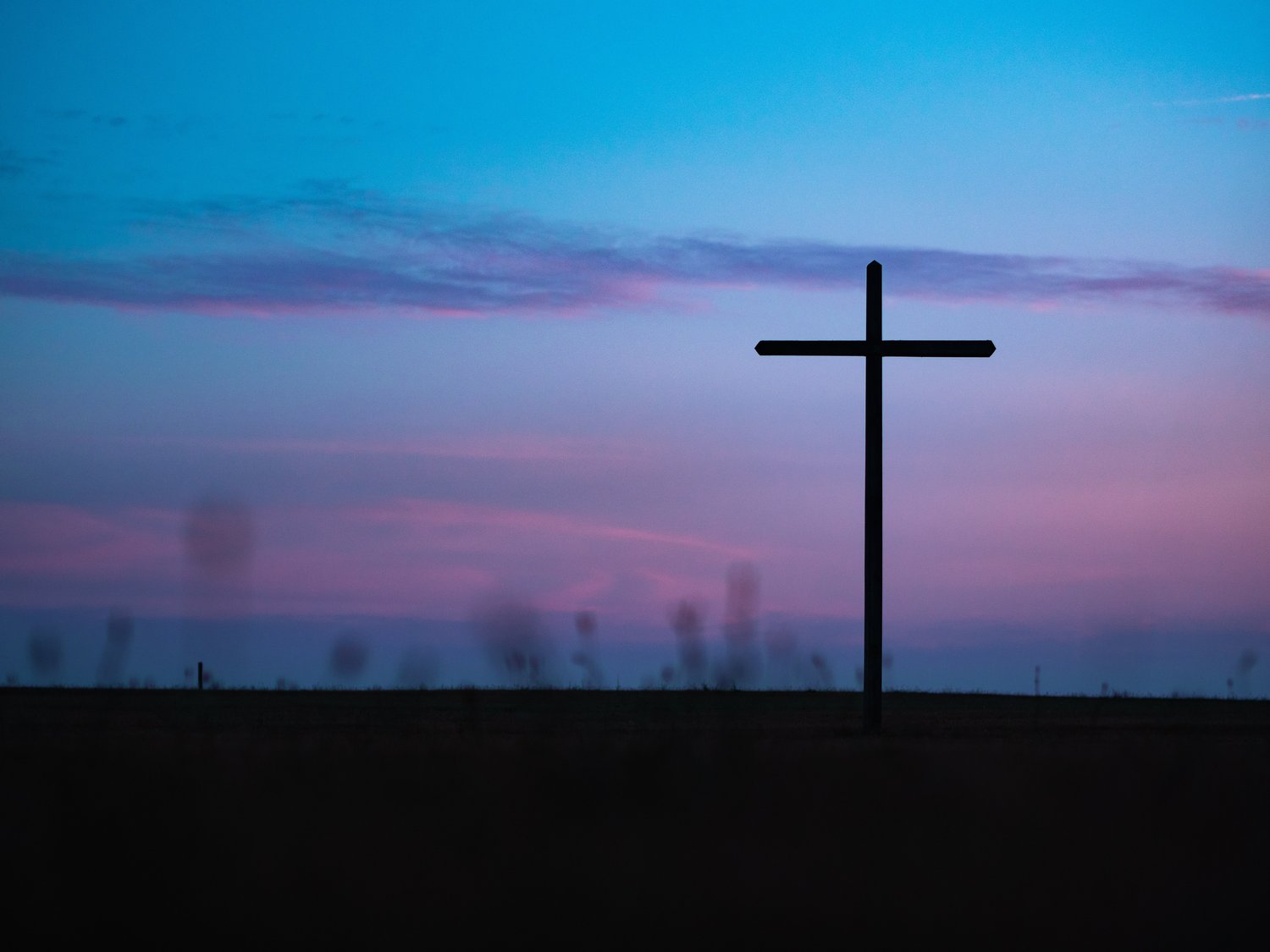Looking Over the Shoulder; Encountering the Self
May 22
/
Michael Simmons

As a child, my intimate experience of Jesus aligned very well with the common images of savior, counselor, friend, teacher, etc. These images provided protection and intimacy, elements lacking in my childhood and mid-20s. However, a point came when I needed to engage my anger, set better boundaries, and take care of my needs, but my previous image of Jesus prohibited acting on these needs. I didn’t know it, but I needed a new image, a new symbol to help me toward wholeness.
Christ, an image of Wholeness
“To this day, God is the name by which I designate all things which cross my willful path violently and recklessly, all things which upset my subjective views, plans, and intentions and change the course of my life for better or worse.” Carl Jung, Memories, Dreams, Reflections 1961
From the Jungian psychological point of view, Christ is an image of the Self, the universal archetype of wholeness. According to Carl Jung, the Self is synonymous with wholeness–the Self is the center and circumference of our humanity and what ties us all together. It incarnates and saturates life, but the Self is also autonomous and vastly more expansive. Though our experience of the Self (Christ) is real and valid, it is nevertheless partial. We cannot fully experience the Self, but we are made more whole through our experiences.
The Ego and the Self
The ego (Latin for “I”) is the conscious part of our personality. Often the ego is understood negatively as a word meaning self-centered, but it is truly just the part of us that is aware of who we are and how we experience life. The ego also functions to meet our most basic needs for love, acceptance, protection, etc., but it often contorts our humanity to do so. Put simply, the parts of us that don’t propel us to meet our needs, nor align with the expectations of our family, culture, gender scripts, religious context, etc., become hidden, repressed, and denied.
Finally, the ego gives form and language to our experiences with the Self. Blended with the contemplative Christian perspective, when we experience Christ, we experience wholeness because the Self is actively welcoming back into conscious relationship the parts of our personhood we hid, repressed, and denied in pursuit of love and acceptance.
See Photo by Pixie Lighthorse, Book cover of Goldmining the Shadows
Meeting Solid Panther
One Fall weekend, I attended a guided retreat in a remote part of Idaho with about one hundred men. The facilitator led an active imagination exercise where we entered a dark forest and encountered a wild animal. In my imagination, I looked up into a dense tree and saw a panther slowly walking toward me. His name was Solid Panther, and for about two years, he became an image of strength, solidity, and boundary-setting. I was always taught to be a nice boy, to smile, and make everyone feel welcome, even at my own expense. But Solid Panther was so stoic. He taught me that I’m not responsible for others and that love and hospitality are about constituency and presence, not hypervigilance and an over-functioning intuition.
Solid Panther provided an incarnate image of a divine aspect of my humanity. He was truly a symbol, an embodiment of the Self, of Christ, and by imitating him, I could integrate vital parts of my humanity, repressed in my early years. Solid Panther helped me know my body and listen to its signals; he showed me that others were fine without me, which freed me to live from a place of abundance rather than scarcity.
We Must Transgress to Grow
Solid Panther allowed me to transgress my ego narratives in a way my Christ image never could. Of course, Christ transgresses many times in the gospels–his entire life was basically one big transgression of the collective expectations of his day, from the manger to the cross–but I was conditioned to see Christ as an image of purity and self-sacrifice. Not that these images are bad, but they aligned so closely with my ego (my conscious identity and personality) that they could not help me integrate my hidden Self.
Look Over That Shoulder
A number of years ago, I came to my spiritual director with a disturbing dream. I had seen Jesus smiling with arms stretched out, welcoming me to embrace. As I walked toward him, his face froze, and he became like a two-dimensional cardboard cut out–there remained a venire of life but no soul. My spiritual director told me, “The next time you see the cardboard Jesus, just look over his shoulder. That’s where you’ll find him,”
Just as the seasons change, so too do our images of God. This happens so our ego doesn’t latch onto it too tight. We can do much harm to ourselves and others by clinging to a cardboard image of the Self, which was vibrant at one point when a living image is being born in the manger of our soul. If your idea of Christ has become a bit flat, look curiously over that shoulder.
If you’d like to connect with Michael for spiritual direction or shadow work, visit Innerworkcommunity.org, or email him at innerworkcommunity@gmail.com.
You can also check out his Patheos.com column, Transgressive Spirituality: Life Through the Lens of Jungian Psychology.
Michael also has two course/workshop options:
5 Course: Companioning Our Shadow: Befriending Emotions, Healing Relationships
2 Hour Workshop: Companioning our Shadow: Welcoming Emotions Course (Independent Offering)

Michael Simmons
Michael is a spiritual director, shadow work facilitator, and writer. He is ordained in the Free Methodist Church, and holds a Doctor of Leadership from Portland Seminary. If you’d like to connect with Michael for spiritual direction or shadow work, visit Innerworkcommunity.org, or email him at innerworkcommunity@gmail.com. You can also check out his Patheos.com column, Transgressive Spirituality: Life Through the Lens of Jungian Psychology. Be sure to check out his latest work and upcoming courses here.

